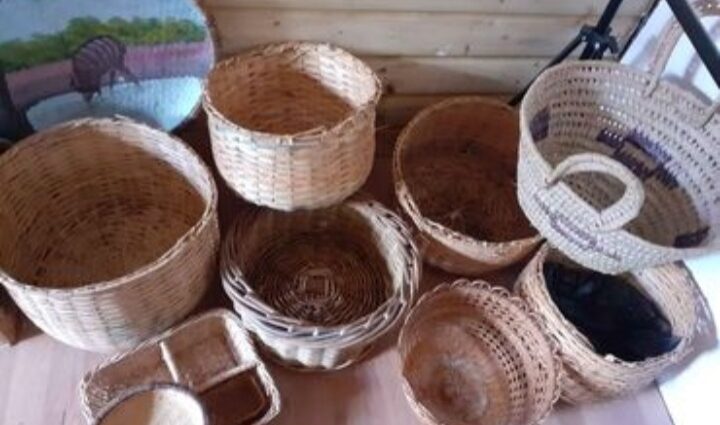The history of wicker baskets dates back thousands of years, with their origins deeply intertwined with human civilization’s early development. Wicker, a type of flexible material usually made from natural fibers like reeds, grasses, or rattan, has been used by ancient cultures across different continents to create functional and decorative items. The art of weaving wicker baskets can be traced back to prehistoric times when early humans discovered the practicality of manipulating natural materials.
Early Beginnings: The first evidence of wicker baskets can be found in archaeological sites dating back to the Neolithic period. These early baskets were made from plant materials readily available in their respective regions, such as rushes, willow branches, and other supple fibers. Nomadic communities used wicker baskets to store and carry food, water, and personal belongings as they roamed from one place to another.
Advancements in Wicker Weaving: As ancient societies began to settle and develop agriculture, wicker basket weaving evolved to suit their needs. Cultures in Egypt, Mesopotamia, and China embraced the craft, refining the weaving techniques and developing new designs. Wicker baskets became essential tools for agricultural activities, trade, and storage. In Egypt, for example, wicker baskets played a significant role in the construction of pyramids, where they were used to transport stones and materials.
Wicker Baskets in Daily Life: Throughout history, wicker baskets became indispensable in various aspects of daily life. In ancient Rome and Greece, they were commonly used for picnics, carrying goods to marketplaces, and storing household items. The versatility and durability of wicker baskets made them popular in different cultures around the world.
Wicker Baskets in Different Cultures
Asia: The art of wicker weaving continued to thrive in Asia, with different regions showcasing unique styles and applications. In Japan, bamboo baskets became an integral part of the tea ceremony, emphasizing simplicity, beauty, and functionality. In India, wicker baskets were used for storage, especially in coastal communities where the humidity-resistance of natural fibres was valued.
Europe: Wicker weaving spread throughout Europe, with each region developing its own distinctive patterns and designs. In England, willow wicker baskets were widely used for fishing, transporting goods, and storing produce. In Ireland, skilled craftsmen created intricate wicker patterns that were passed down through generations. Wicker baskets also found their way into religious practices and were used in Christian traditions to collect offerings during services.
Africa: The rich cultural diversity of Africa is reflected in its wicker weaving traditions. From the tightly woven Zulu baskets in Southern Africa to the more open and decorative baskets of West Africa, each region had its unique approach to basket making. African communities used wicker baskets for storing food and grains used as a form of art and symbolism.
Wicker Baskets in the Modern World
Industrialization and Mass Production: With the advent of industrialization in the 19th century, wicker baskets were mass-produced, leading to a decline in traditional handcrafting methods. Factories replaced many artisanal workshops, and machine-made wicker products became more accessible to the general public. Despite this, there was still a demand for handwoven wicker baskets due to their charm and authenticity.
Revival of Artisanal Craftsmanship: In the late 20th and early 21st centuries, there was a renewed interest in traditional crafts and sustainability. This revival brought attention back to artisanal wicker weaving techniques, as consumers sought eco-friendly and locally sourced products. Skilled artisans began creating unique and customized wicker baskets, attracting a niche market of individuals appreciative of handmade craftsmanship
Contemporary Uses: In the modern world, wicker baskets continue to be cherished for their versatility and charm. They are used in interior design as decorative elements and practical storage solutions. Additionally, wicker baskets have found their way into fashion and design industries, inspiring creations such as handbags and furniture pieces.
